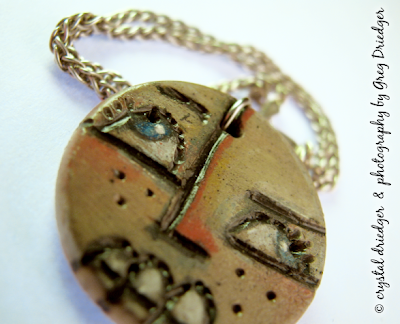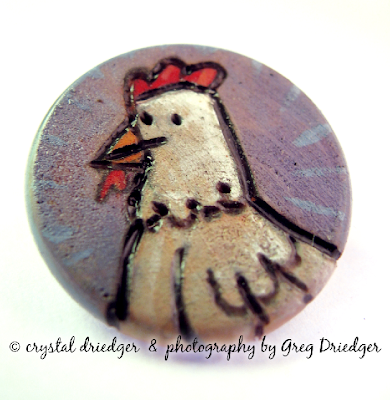Ever since desktop publishing software became available in the early 1990s, the visual appeal of nonfiction books for young readers has grown by leaps and bounds. These programs make it easy to experiment with a book’s layout.
As a result of this new freedom, many books now include multiple illustrations per spread and make clever use of white space. Examples include Ballet for Martha: Making Appalachian Spring by Jan Greenberg and Sandra Jordan, An Egg is Quiet by Dianna Aston, and Born to Be Giants: How Baby Dinosaurs Grew to Rule the World by Lita Judge.One of the true masters of nonfiction book design is Steve Jenkins, who often works with his wife Robin Page. Books like How Many Ways Can You Catch a Fly?, Never Smile at a Monkey, What Do You Do with a Tail Like This, and Move! are all about animal adaptations. The fun, innovative design of these books couple with the brief, clear text is irresistible. Jenkins does a remarkable job of selecting animals with unique adaptations and organizing them into clever categories to create books with a game-like feel.A current trend in science-themed titles for the picture book crowd is layered text. Books like Beaks by Sneed B. Collard III, When the Wolves Returned: Restoring Nature’s Balance in Yellowstone by Dorothy Hinshaw Patent, Meet the Howlers by April Pulley Sayre, and my own book A Place for Butterflies feature two kinds of text that serve different purposes and that is distinguished visually by size and font. For the most part, a larger, simpler text provides general information and can stand on its own. The smaller text presented in sidebars provides additional details to round out the presentation. These books are perfect for the Reading Buddy programs popular

I See a Kookaburra!: Discovering Animal Habitats Around the World by Steve Jenkins and Robin Page (Houghton Mifflin, 2005)
Parents, teachers, and homeschool parents, here is a great resource for animal lovers and for lessons covering geography, ecosystems, species, habitats, colors, adjectives, and much much more. The superstar husband and wife team, Steve Jenkins and Robin Page, introduce children to interesting information about animals and their habitats around the world in a very fun hide-and-seek format.
The book covers animals in six different habitats:
- Desert (American Southwest)
- Tide Pool (southern coast of England)
- Jungle (Amazon River basin of South America)
- Savanna (central Africa)
- Forest (eastern Australia)
- Pond (American Midwest)
Jenkins and Page introduce each habitat with a spread of eight animals hiding in the flora of the habitat illustrated with Jenkins' familiar cut and torn paper collages.
For example, on the page that covers the desert, we see a kit fox's nose and ears hiding behind a cactus, the rattle of a diamondback rattlesnake poking up behind a rock, the legs and eyes of a trapdoor spider peeking out of its tunnel in the ground, and more. Here, the only text on the page is, "In the desert I see...
This desert is in the American Southwest. When you flip the page, all of the flora has disappeared, and you see where all eight animals were hiding on the previous page. Beside each animal is a short passage that completes the "In the desert I see..." sentence. For example, "...a sharp-eyed kit fox leaving its burrow," "...an angry diamondback rattlesnake buzzing a warning," "...a trapdoor spider waiting patiently in its tunnel."
As an added surprise, somewhere in each habitat is an ant because as the authors explain in the book's introduction, "they live almost everywhere on earth."
The back of the book includes a longer paragraph about each animal featured in the book and more information about the habitat in which they live.
I'm a huge fan of Page and Jenkins because they really do make nonfiction and learning fun, and
I See a Kookaburra!: Discovering Animal Habitats Around the World is no exception. The interactive hide-and-seek element engages children and encourages them to turn the page and find out where the animals are hiding. Without even realizing it, they're learning and having fun at the same time.
While some of the critics have said that the disproportionate sizes of the animals may confuse kids, I think kids are smart enough to see that these are just depictions of animals. They know that a jaguar is bigger than an iguana and won't mind that the animals are not drawn to scale. I often think adults don't give kids enough credit when I see comments like these.
As I mentioned earlier, the teaching possibilities are endless and can be used across curricula. If you're looking for interesting and engaging nonfiction, you can't go wrong with Jenkins and Page.
What other bloggers are saying:Fossil Hill Book Blog: "This dynamic, captivating book encourages critical thinking and influences readers to take a closer look at the world around them." (
read more...)
awwilcox: "I believe this book would be an excellent choice for a study on ecosystems, animals, camouflaging, and habitats." (
read more...)
Betzen Book Reviews: "The colorful double-page spread design of cut and torn paper collage creates attractive, but accurate renditions of the habitats and animals discussed." (
read more...)
More Information:
- Reading level: Ages 4-8
- Hardcover: 32 pages
- Publisher: Houghton Mifflin; 1 edition (May 30, 2005)
- Language: English
- ISBN-10: 0618507647
- ISBN-13: 978-0618507641
- Source of book: Library












